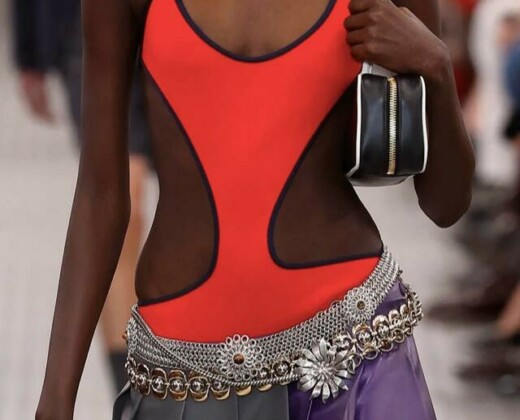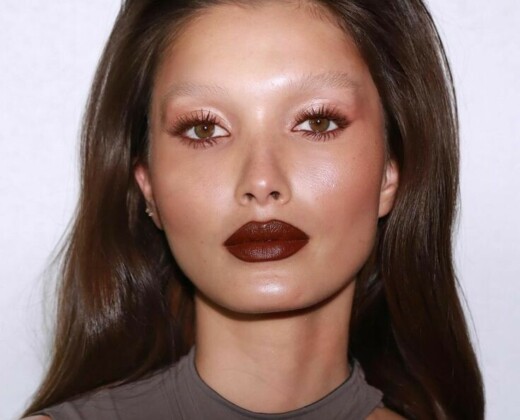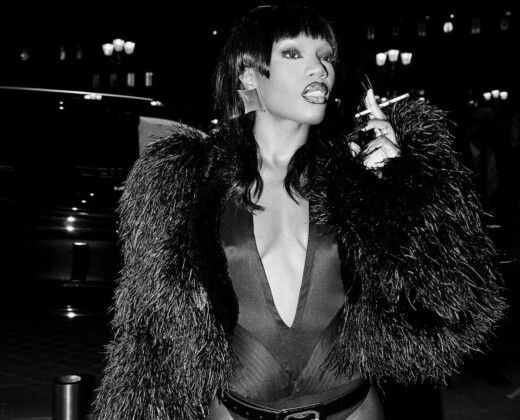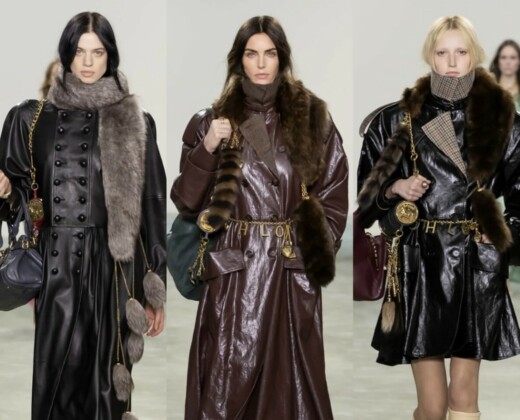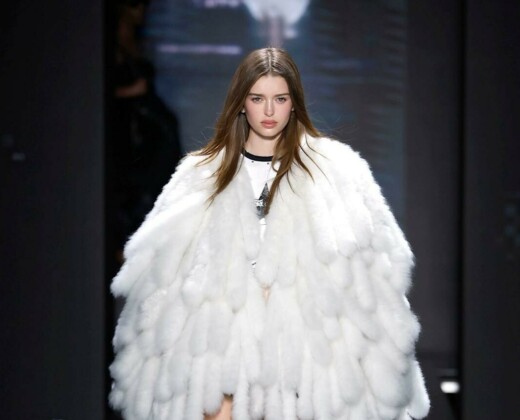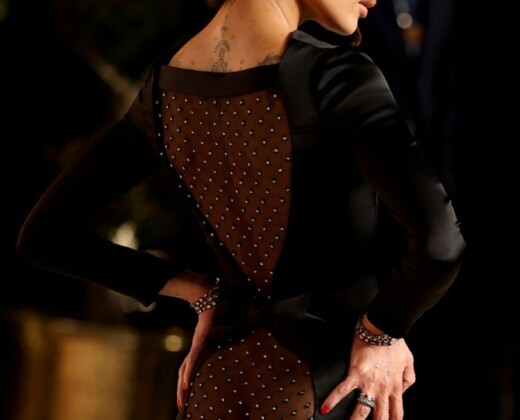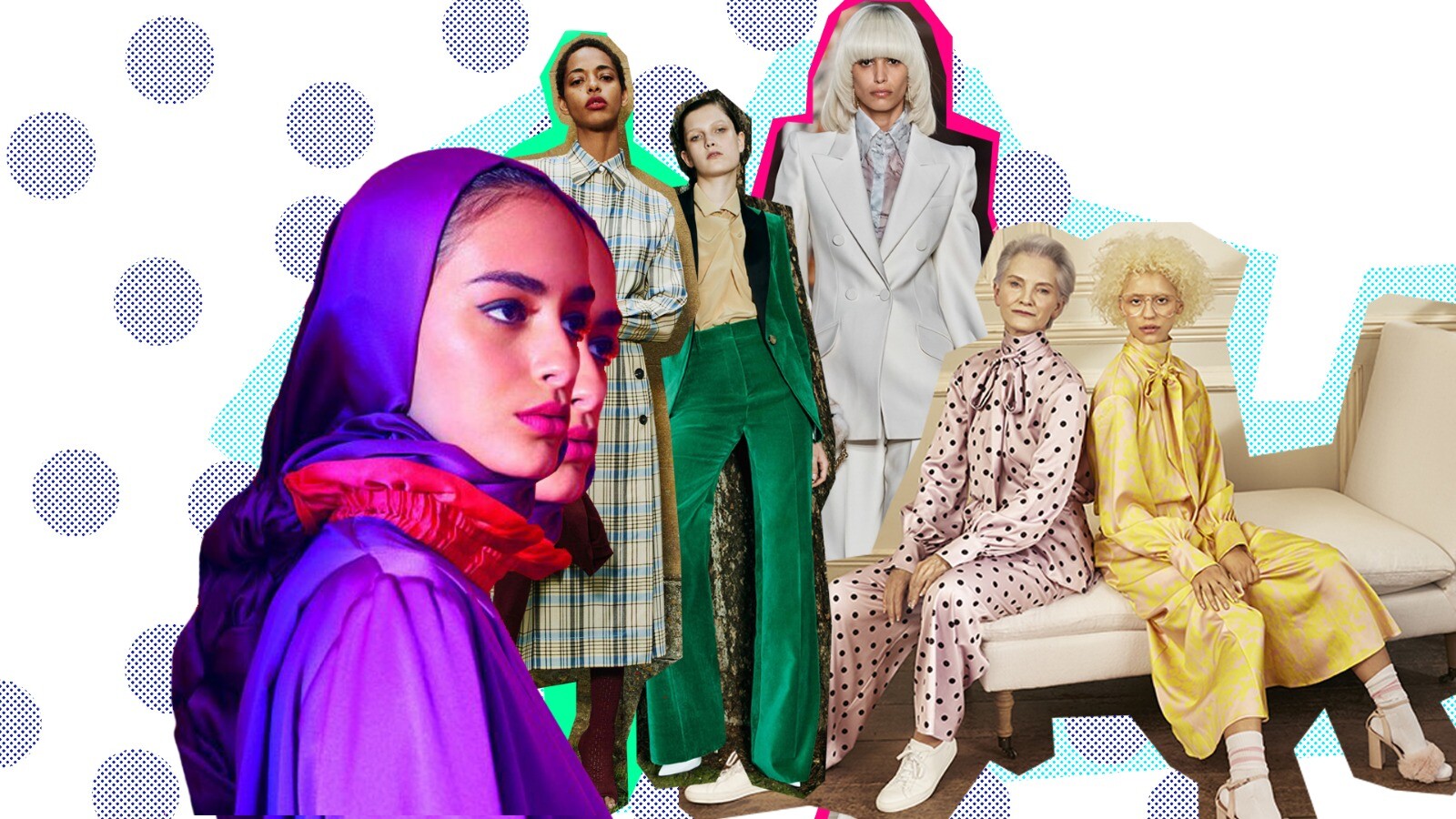
Covering up appears to be in. The rise of trends such as prairie dresses, maxi skirts and wide-leg trousers suggests a movement of women’s clothing choices towards longer, looser and more modest attire. This shift has been witnessed among global designers and brands: high-fashion labels like Coach and Valentino producing longer and looser clothing as part of their collections.
Functional yet stylish pieces appropriate for getting things done seems to be the vogue, seeking comfort without compromising style. And beyond the confines of religious dressing, modest fashion is beginning to cater to women across different cultures.
The Modist, an e-commerce business founded by Muslim entrepreneur Ghizlan Guenez, seeks to do precisely that; offering a spectrum of fashionable yet more conservative clothing from over 150 high-fashion labels including Victoria Beckham. Guenez looks to break down the stereotype that Muslim women are forced to cover up and have little choice in the way they dress, but instead aims to unite women to dress beautifully, regardless of religion or ethnicity.
Founded on the needs of fashion-savvy Muslim women whose access to stylish yet modest pieces was once limited, The Modist’s brand recognition has become synonymous with high-fashion modest dressing. Yet the customer demographics have expanded beyond religious boundaries, with 65% of consumers coming from outside the Middle East. Evidence that the empowerment of covering up appeals to a wide range of women.
Guenez attributes the success of her brand among non-denominational audiences to the shift in society’s gaze from male to female, and how this affects our choices in fashion. Women are less concerned about showing skin to appeal to men, and more interested in expressing individuality through their fashion choices.
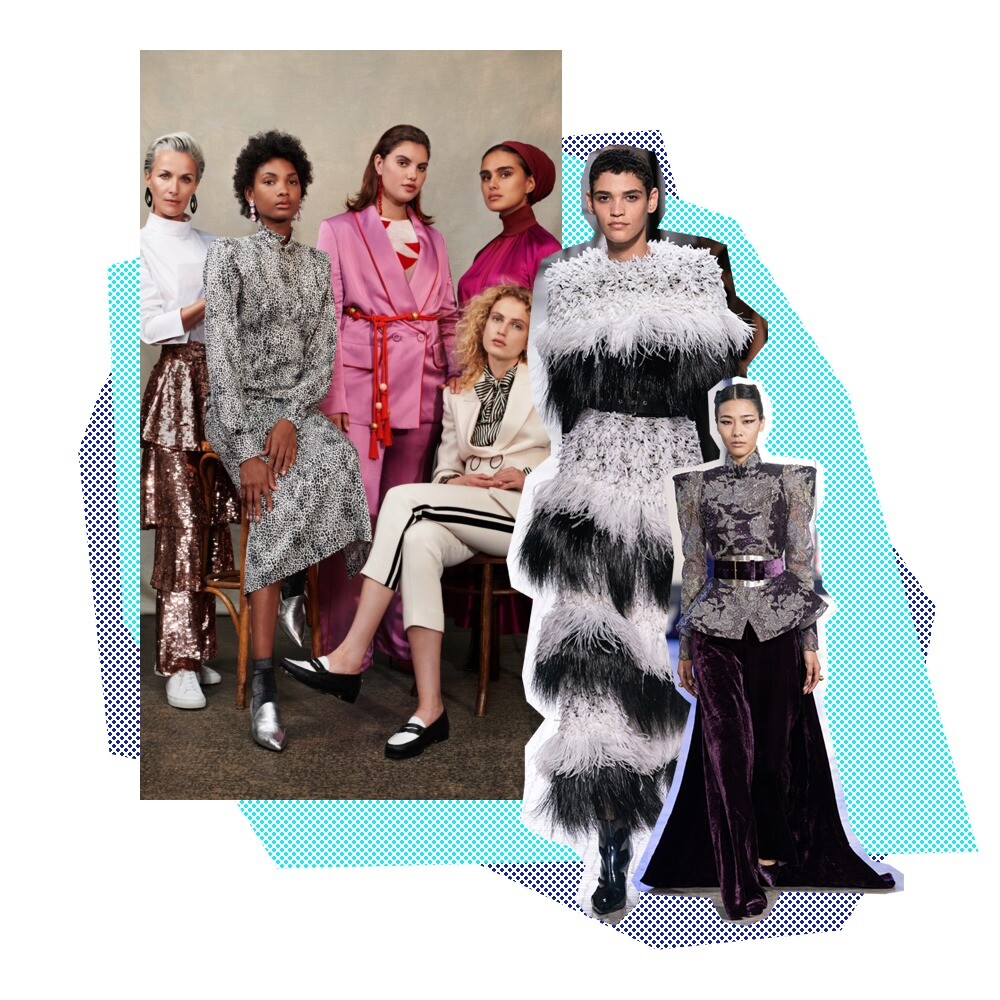
Pioneering brands of equally elevated and luxurious modest dressing are contributing to a changing perception that modesty can give women confidence rather than oppress, as seen at Givenchy and Elie Saab
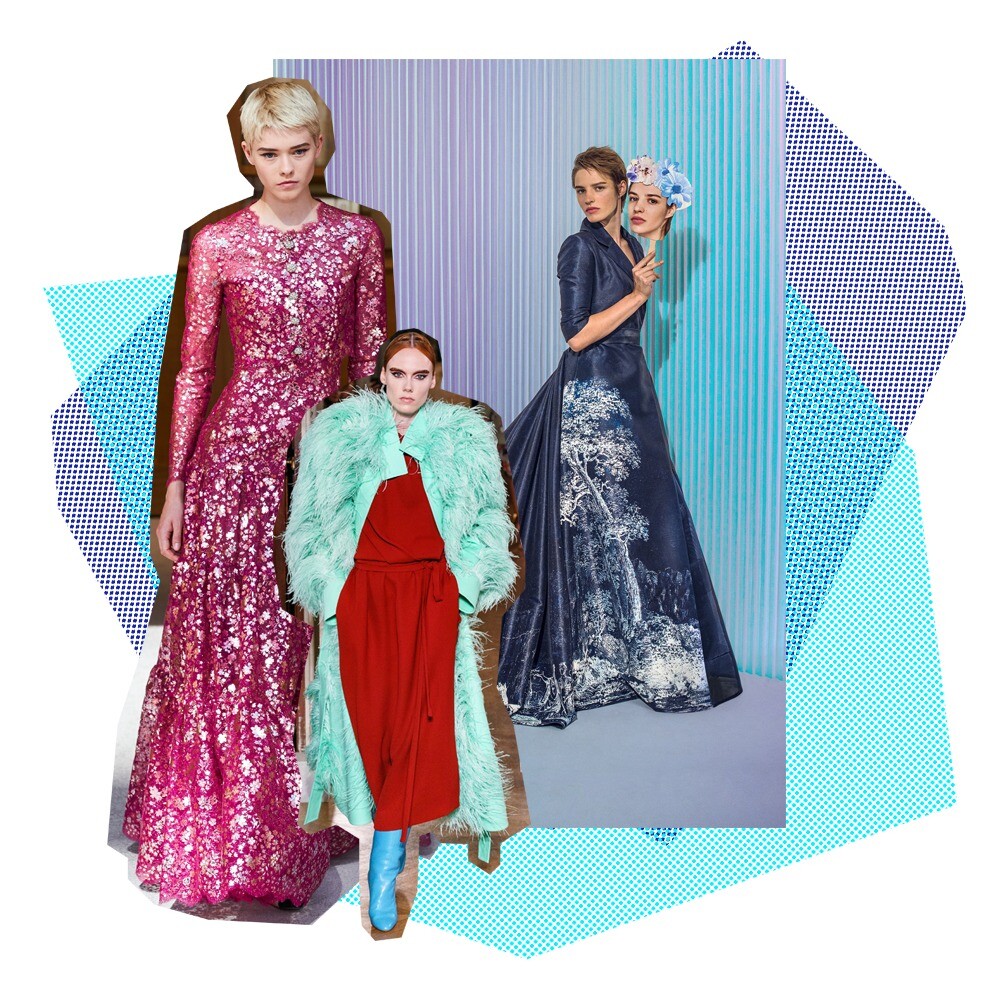
The Middle East is home to one of the world’s wealthiest millennial populations, meaning the buying power and preferences of Muslim women will only continue to shape and motivate the trends of the global fashion industry. Designers such as Dolce & Gabbana, Versace and Chanel are tapping into such markets – however, not without receiving allegations of fetishising religious clothing.
The recognition of this consumer has also translated to the high street from the runway. The coveted consumer of modest fashion has been noticed by brands such as Monki, and chic favourites such as Arket and Cos, who are offering longer, looser looks.
It may just be another lucrative trend, but the modesty market isn’t going anywhere. The influence that brands like The Modist are having on the global fashion landscape are facilitating inclusion, expression and identity among women of all faiths and cultures.
Words by Ruby McAuliffe
Graphics by Sasha Green
, , ,


